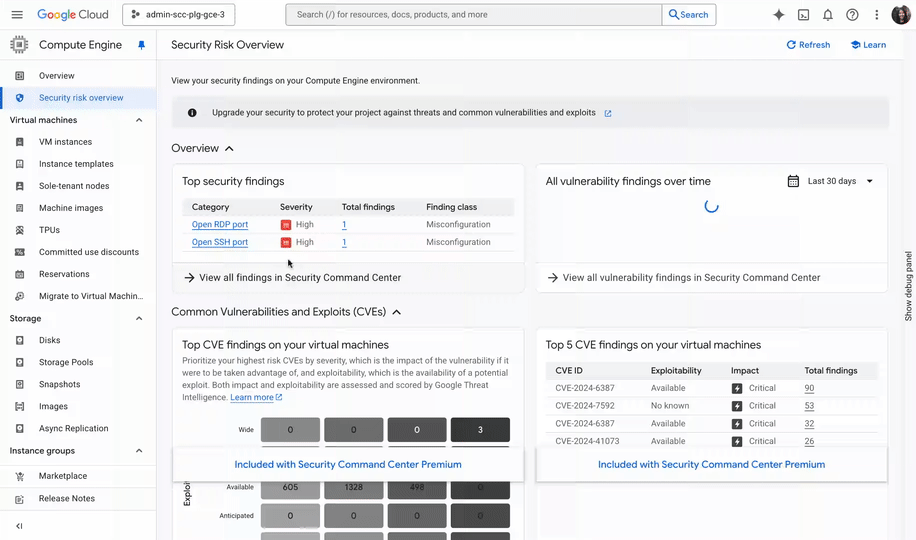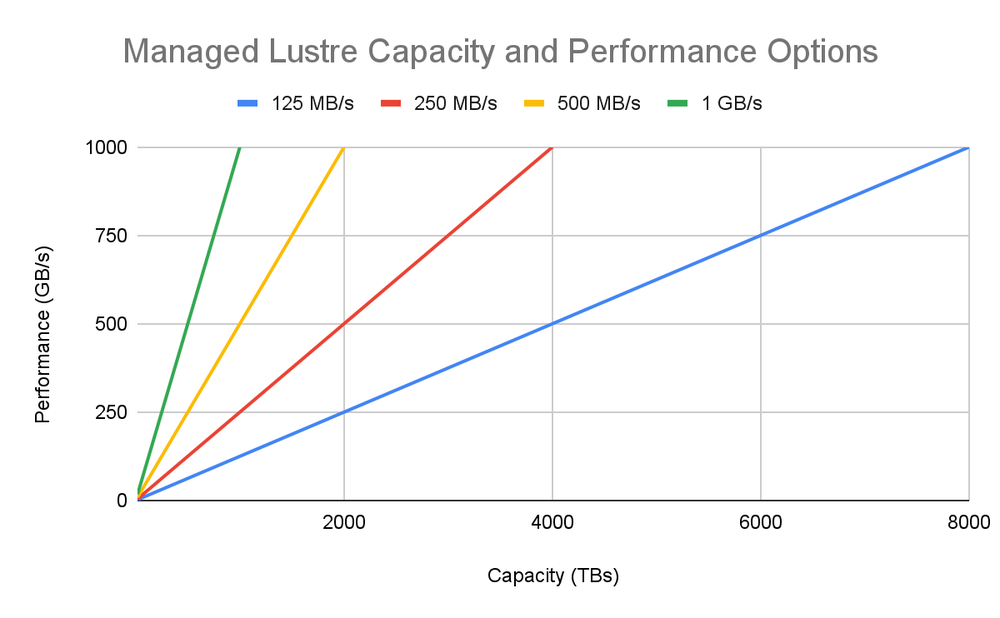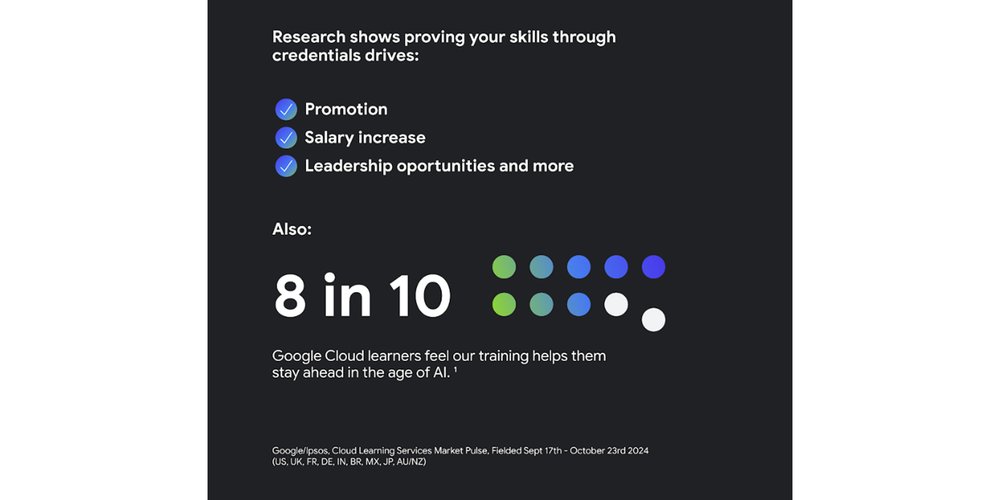Welcome to above the clouds

AWS – Amazon OpenSearch Ingestion now supports cross-account ingestion
Amazon OpenSearch Ingestion now supports cross-account ingestion for push-based sources such as HTTP and OpenTelemetry (OTel). With this launch, customers can easily share OpenSearch Ingestion pipelines across AWS accounts without relying on additional configurations like VPC peering or AWS Transit Gateway. This capability makes it simpler for organizations with multiple accounts to centralize observability and […]

GCP – Strengthen GCE and GKE security with new dashboards powered by Security Command Center
As cloud infrastructure evolves, so should how you safeguard that technology. As part of our efforts to help you maintain a strong security posture, we’ve introduced powerful capabilities that can address some of the thorniest challenges faced by IT teams who work with Google Compute Engine (GCE) virtual machines and Google Kubernetes Engine (GKE) containers. […]

GCP – 5 best practices for Managed Lustre on Google Kubernetes Engine
Google Kubernetes Engine (GKE) is a powerful platform for orchestrating scalable AI and high-performance computing (HPC) workloads. But as clusters grow and jobs become more data-intensive, storage I/O can become a bottleneck. Your powerful GPUs and TPUs can end up idle, while waiting for data, driving up costs and slowing down innovation. Google Cloud Managed […]

GCP – Back to AI school: New Google Cloud training to future-proof your AI skills
Getting ahead — and staying ahead — of the demand for AI skills isn’t just key for those looking for a new role. Research shows proving your skills through credentials drives promotion, salary increase, leadership opportunities and more. And 8 in 10 Google Cloud learners feel our training helps them stay ahead in the age […]

AWS – Amazon RDS for MySQL announces Innovation Release 9.4 in Amazon RDS Database Preview Environment
Amazon RDS for MySQL now supports community MySQL Innovation Release 9.4 in the Amazon RDS Database Preview Environment, allowing you to evaluate the latest Innovation Release on Amazon RDS for MySQL. You can deploy MySQL 9.4 in the Amazon RDS Database Preview Environment which provides the benefits of a fully managed database, making it simpler […]

GCP – Agent Factory Recap: Deep Dive into Gemini CLI with Taylor Mullen
In the latest episode of the Agent Factory podcast, Amit Miraj and I took a deep dive into the Gemini CLI. We were joined by the creator of the Gemini CLI, Taylor Mullen, who shared the origin story, design philosophy, and future roadmap. This post guides you through the key ideas from our conversation. Use […]

AWS – AWS Organizations supports full IAM policy language for service control policies (SCPs)
AWS Organizations now offers full IAM policy language support for service control policies (SCPs), enabling you to write SCPs with the same flexibility as IAM managed policies. With this launch, SCPs now support use of conditions, individual resource ARNs, and the NotAction element with Allow statements. Additionally, you can now use wildcards at the beginning […]

AWS – Amazon Redshift announces the general availability of Multidimensional Data Layouts
Amazon Redshift announces the general availability of Multidimensional Data Layouts (MDDL) that dynamically sort data based on actual query filters, accelerating query performance. Unlike traditional sorting methods that sort data based on fixed columns, MDDL sorts data based on query filters (for example, Sales in US), achieving up to 10x better end-to-end performance compared to […]

AWS – Announcing AWS Neuron SDK 2.26.0
Today, AWS announces the general availability of Neuron SDK 2.26.0, delivering improvements for deep learning workloads on AWS Inferentia and Trainium-based instances. This release introduces support for PyTorch 2.8 and JAX 0.6.2, along with enhanced inference capabilities on Trainium2 (Trn2) instances. These updates enable developers to leverage the latest frameworks while benefiting from improved model […]

AWS – AWS launches SiteWise MCP Server for Simplified Modeling
AWS announces Model Context Protocol (MCP) server for AWS IoT SiteWise in the AWS Labs MCP open-source repository. This MCP server simplifies industrial data modeling by providing built-in domain validation and automated modeling capabilities, eliminating the need for extensive API knowledge. The server supports existing AWS IoT SiteWise functionality through familiar tools while adding new […]
